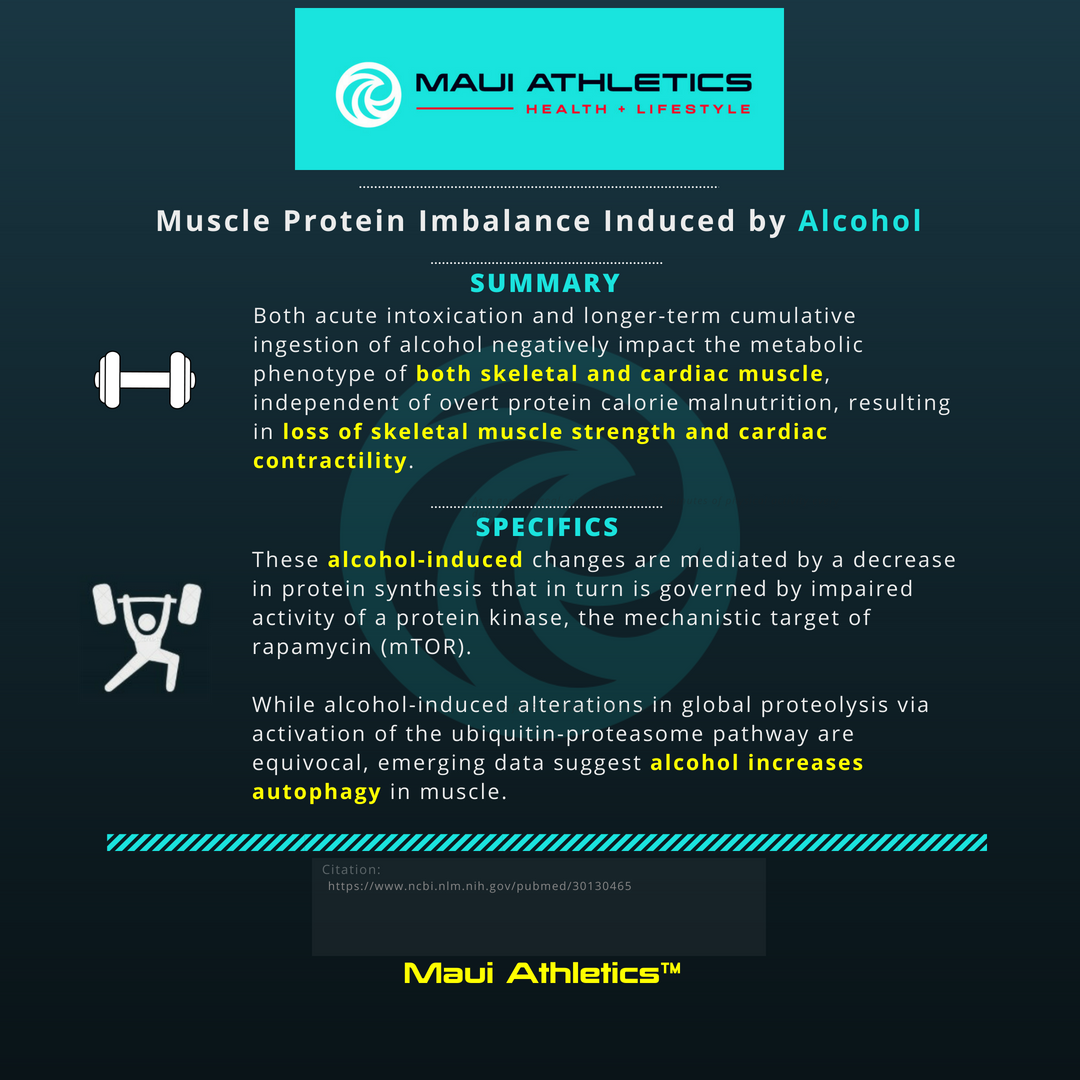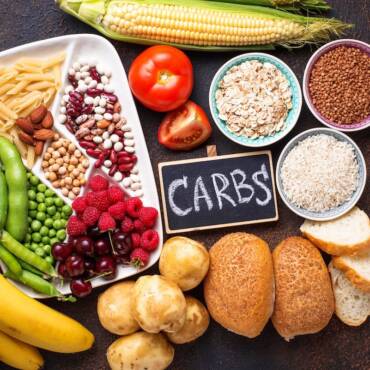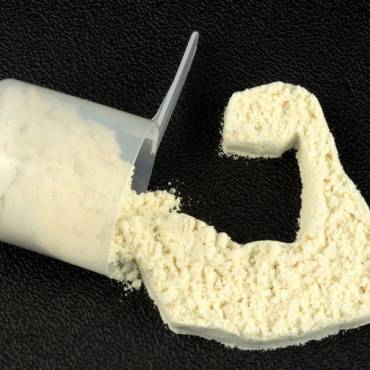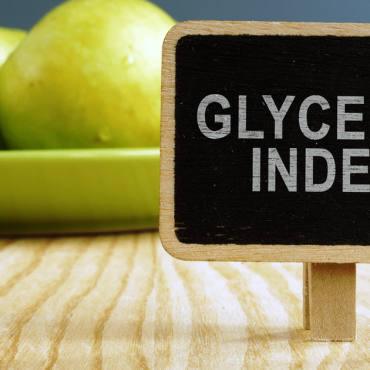Alcohol and Your Health
Alcohol: Micro-Entry
All substance, no fluff.
By Dr. Allan Bacon
Overview
According to research, there is no level of alcohol consumption that improves health (sorry wine drinkers, you’ve experienced a marketing ploy). “Small reductions in health-related harms at low levels of alcohol intake are outweighed by the increased risk of other health-related harms” (Burton 2018). The United Kingdom’s chief medical officer goes as far as claiming there is “no safe level of alcohol consumption” (2016).
Alcohol is a potential detriment to those looking to lose body fat (especially in diabetics and the obese). Additionally, it is problematic for those looking to improve performance, health, build muscle, and/or increase strength. Alcohol has far reaching effects on health and fitness beyond simple caloric content.
Alcohol itself is a metabolic toxin that negatively affects the body by altering hormonal balance (testosterone production, growth hormone production, and estrogen conversion), promoting loss of skeletal muscle strength, promoting loss of cardiac contractility, promoting accumulation of liver fat, altering food intake, accelerating telomere length attrition (accelerated aging), altering sleep quality, causing protein imbalance and more. Alcohol has been shown to increase skeletal muscle autophagy (self-breakdown) and decrease protein synthesis when used either acutely or chronically.
Alcohol use is a major contributor to cancer and is linked to the most prevalent types of cancer. No threshold for the effects of alcohol on cancer has yet been identified, and thus, abstinence is best for cancer prevention (Jürgen 2019 & Kwok et al. 2019). Alcohol even suppresses your body’s fat burning abilities (Siler 1999). It should also be noted that alcohol can interact with certain prescription medications.
Alcohol (acetaldehyde in particular) is directly toxic to the testosterone-producing Leydig cells in men (Van Thiel 1979). This can lead to lowered production of testosterone via two methods. The first being shrinkage of the testicles over time and disruption of the efficiency of Leydig cells (Van Thiel 1975), and the second being effects on the brain that negatively alter regulation of testosterone production itself (Maneesh 2006, Cicero et al. 1979).
Heavier bouts of drinking may lower testosterone production acutely by nearly 50% and this negative effect may continue for nearly 24 hours (Välimäki et al. 1990 & Frias et al. 2002). Cardio before these types of drinking bouts may prolong the depressive state of testosterone production (Heikkonen et al. 1996). It is also possible alcohol can cause an increase in testosterone to estrogen conversion, particularly in the liver (Purohit 2000). This combination of decreased testosterone and increased estrogen can impair potential fitness and physique goals.
From a muscle growth perspective, alcohol produces leucine resistance (mTOR kinase activity in particular) in skeletal muscle (Lang 2003). Leucine is the main amino acid responsible for activating myofibrillar protein synthesis. The severity of this effect is dose dependent and becomes particularly significant around 4+ drinks. At this point both leucine resistance with regards to mTOR/MPS and strength recovery are negatively affected (Haugvad 2014 & Barnes 2010). Interestingly, this decrease in mTOR is seen only in men, not women (Duplanty 2017). Hyperphagia and impaired protein translation may still be present in women, however, which precludes a green light to enjoy drinks indiscriminately. Sorry ladies.
More recently, alcohol has been associated with atrial fibrillation (a risk factor for stroke, heart failure and kidney disease) via increase in the size of the left atrium. This goes against the previously held belief that alcohol would help prevent stroke in low doses. MacManus (2016), using Framingham Heart Study data, finds: “Despite the widely held belief by the public that alcohol has a beneficial effect on general heart health, acute alcohol consumption has long been linked to the development of [atrial fibrillation]”. Atrial fibrillation risk has been shown to potentially increase by up to 30% with 2 or more drinks per day. MacManus goes on to find “that every additional 10 grams of alcohol (less than one drink) consumed daily was linked to a 0.16-millimeter increase in the diameter of the left atrium”.
So when can I drink?
We all know that special occasions happen. Vacations, birthdays, holidays etc. Moderation is the obvious rule. Negative health outcomes are unlikely when moderation is observed. An easy promise to make to yourself is that you won’t drink during the day. When you go out at night, preemptively plan how many drinks you will have prior to dinner or hitting up the club and stick to it. This is a conscious decision on your part and you have enough willpower to see it through.
If you choose to drink alcohol it is wise to minimize fat intake the day you drink (this is because when acetate is introduced into your system it causes a tendency for fatty acids to be stored), do it during a caloric deficit (acetate can be converted to fat itself when in a caloric surplus), and minimize concurrent carbohydrate intake when imbibing (especially if in a caloric surplus).
If your goal is to minimize negative health impact on your body, drink less alcohol over a longer period of time after/with high protein foods (preferably in a caloric deficit). This leads to less alcohol intake overall and is more for the enjoyment of the experience rather than trying to re-live your Frat/Sorority days.
If you have very strict fitness goals in mind, self-restraint and abstinence is key. If you are trying to live your life in a healthy manner, but still want to let loose every once in a while, the previous recommendations can be followed to lessen health issues. Simply understand if your physique and performance goals are not being met, this is likely the first habit that needs to change. If you are not meeting your physique and performance goals, removing a metabolic toxin that is void of all nutrients is Step #1.
Research
Ethanol produces a leucine resistance in skeletal muscle, as evidenced by the impaired phosphorylation of 4E-BP1, eIF4G, S6K1, and mTOR, that is independent of elevations in endogenous glucocorticoids.
https://www.ncbi.nlm.nih.gov/pubmed/12944322
This review suggests that adults do not compensate appropriately for alcohol energy by eating less, and a relatively modest alcohol dose may lead to an increase in food consumption.
https://www.ncbi.nlm.nih.gov/pubmed/30630543
Alcohol use is a major contributor to cancer and is linked to the most prevalent types of cancer. No threshold for the effects of alcohol on cancer has yet been identified, and thus, abstinence is best for cancer prevention. Greater public awareness of the relationship between alcohol use and cancer is advisable.
https://link.springer.com/article/10.1007/s13668-019-0267-0
Alcohol consumption reduces rates of MPS following a bout of concurrent exercise, even when co-ingested with protein. We conclude that alcohol ingestion suppresses the anabolic response in skeletal muscle and may therefore impair recovery and adaptation to training and/or subsequent performance.
https://www.ncbi.nlm.nih.gov/pubmed/24533082
We conclude that the consumption of 24 g alcohol activates the hepatic DNL pathway modestly, but acetate produced in the liver and released into plasma inhibits lipolysis, alters tissue fuel selection, and represents the major quantitative fate of ingested ethanol.
https://www.ncbi.nlm.nih.gov/pubmed/10539756
Consumption of moderate amounts of alcohol after damaging exercise magnifies the loss of force associated with strenuous eccentric exercise. This weakness appears to be due to an interaction between muscle damage and alcohol rather than the systemic effects of acute alcohol consumption.
https://www.ncbi.nlm.nih.gov/pubmed/20012446
This study provides evidence that alcohol should not be ingested after RE as this ingestion could potentially hamper the desired muscular adaptations to RE by reducing anabolic signaling, at least in men.
https://www.ncbi.nlm.nih.gov/pubmed/27135475
The conclusions of the study are clear and unambiguous: alcohol is a colossal global health issue and small reductions in health-related harms at low levels of alcohol intake are outweighed by the increased risk of other health-related harms, including cancer.
https://doi.org/10.1016/S0140-6736(18)31571-X
Cortisol response to exercise was not modified by alcohol under any of the experimental conditions.
https://www.ncbi.nlm.nih.gov/pubmed/8800389
“Ethanol profoundly suppressed the pulsatile secretion of growth hormone.”
https://www.ncbi.nlm.nih.gov/pubmed/2128439
Alcohol abusers had significantly low plasma testosterone with low luteinizing hormone and follicle stimulating hormone. In addition they had significantly high thiobarbituric acid reactive substances (TBARS), superoxide dismutase and glutathione S-transferase, and low glutathione, ascorbic acid, catalase, glutathione reductase and glutathione peroxidase. Moreover, serum testosterone level in alcoholics negatively correlated with duration of alcohol abuse, and TBARS. Duration dependent decreased serum testosterone level in alcohol abusers might be due to 1) increased oxidative stress which can damage Leydig and supporting Sertoli cells and 2) impaired HPG axis.
https://www.ncbi.nlm.nih.gov/pubmed/17193902
Alcohol-induced testicular atrophy. An experimental model for hypogonadism occurring in chronic alcoholic men.
https://www.ncbi.nlm.nih.gov/pubmed/1171045
Effects of ethanol on the hypothalamic-pituitary-luteinizing hormone axis and testicular steroidogenesis.
https://www.ncbi.nlm.nih.gov/pubmed/368312
The effect of chronic alcohol abuse on sexual function.
https://www.ncbi.nlm.nih.gov/pubmed/389488
Consumption of each extra daily alcoholic beverage was associated with more liver fat.
https://academic.oup.com/jn/article-abstract/149/4/649/5428121
There is no safe level of alcohol consumption.
https://www.gov.uk/government/uploads/system/uploads/attachment_data/file/545937/UK_CMOs__report.pdf
Using telomere length as a marker of age and health, these data fail to demonstrate any benefits of alcohol consumption, even when consumed in moderation.
https://www.nature.com/articles/s41598-019-38904-0
This review suggests that adults do not compensate appropriately for alcohol energy by eating less, and a relatively modest alcohol dose may lead to an increase in food consumption.
https://www.ncbi.nlm.nih.gov/m/pubmed/30630543/
Neither a low nor a high dose of ethanol adversely affected recovery of muscle function after resistance exercise in recreationally strength-trained individuals. However, the increased cortisol levels and reduced testosterone/cortisol ratio after the high ethanol dose could translate into long-term negative effects.
https://www.ncbi.nlm.nih.gov/pubmed/24658221
Heavy alcohol drinkers are at risk for sub-optimal long‐term weight loss. Decreasing alcohol consumption may improve weight management among individuals with diabetes and obesity.
https://onlinelibrary.wiley.com/doi/10.1002/oby.22316









